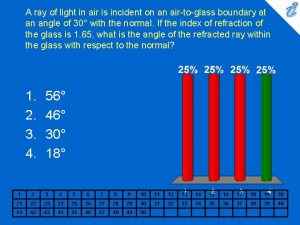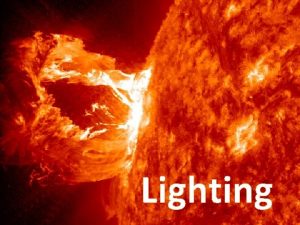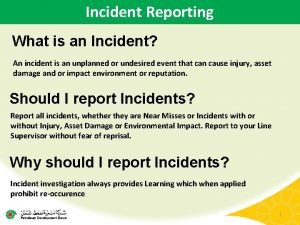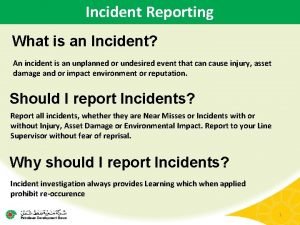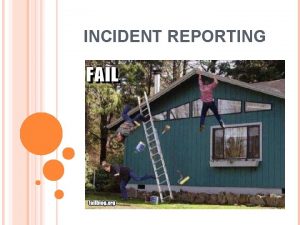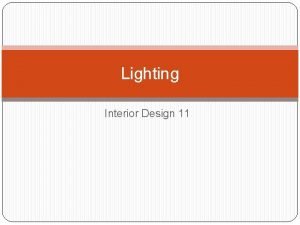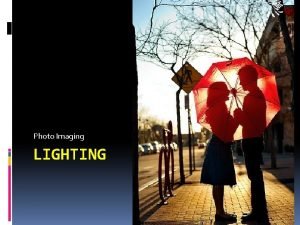Common Lighting Terminology Common Lighting Terminology Incident Light








- Slides: 8

Common Lighting Terminology

Common Lighting Terminology Incident Light seen directly from a light source (lamp, sun, etc). Reflected Light seen after having bounced off a surface. Colour Temperature A standard of measuring the characteristics of light, measured in degrees Kelvin. Key Light The main light on the subject, providing most of the illumination and contrast.

Common Lighting Terminology • Fill Light A light placed to the side of the subject to fill out shadows and balance the key light. • Back Light A light placed at the rear of a subject to light from behind. • Hard Light directly from a source such as the sun, travelling undisturbed onto the subject being lit. • Soft Light which appears to "wrap around" the subject to some degree. Produces less shadows or softer shadows.

Common Lighting Terminology • Spot A controlled, narrowly-focused beam of light. • Flood. A broad beam of light, less directional and intense than a spot. • Tungsten Light from an ordinary light bulb containing a thin coiled tungsten wire that becomes incandescent (emits light) when an electric current is passed along it. Tungsten colour temperature is around 2800 K to 3400 K. Also known as incandescent light. • Fresnel A light which has a lens with raised circular ridges on its outer surface. The fresnel lens is used to focus the light beam.

The Standard 3 -Point Lighting Technique � The technique uses three lights called the key light, fill light and back light. Naturally you will need three lights to utilise the technique fully, but the principles are still important even if you only use one or two lights. As a rule: If you only have one light, it becomes the key. If you have 2 lights, one is the key and the other is either the fill or the backlight.

The Standard 3 -Point Lighting Technique 1. Key Light This is the main light. It is usually the strongest and has the most influence on the look of the scene. It is placed to one side of the camera/subject so that this side is well lit and the other side has some shadow.

The Standard 3 -Point Lighting Technique 2. Fill Light This is the secondary light and is placed on the opposite side of the key light. It is used to fill the shadows created by the key. The fill will usually be softer and less bright than the key. To achieve this, you could move the light further away or use some spun. You might also want to set the fill light to more of a flood than the key.

The Standard 3 -Point Lighting Technique 3. Back Light The back light is placed behind the subject and lights it from the rear. Rather than providing direct lighting (like the key and fill), its purpose is to provide definition and subtle highlights around the subject's outlines. This helps separate the subject from the background and provide a threedimensional look.





